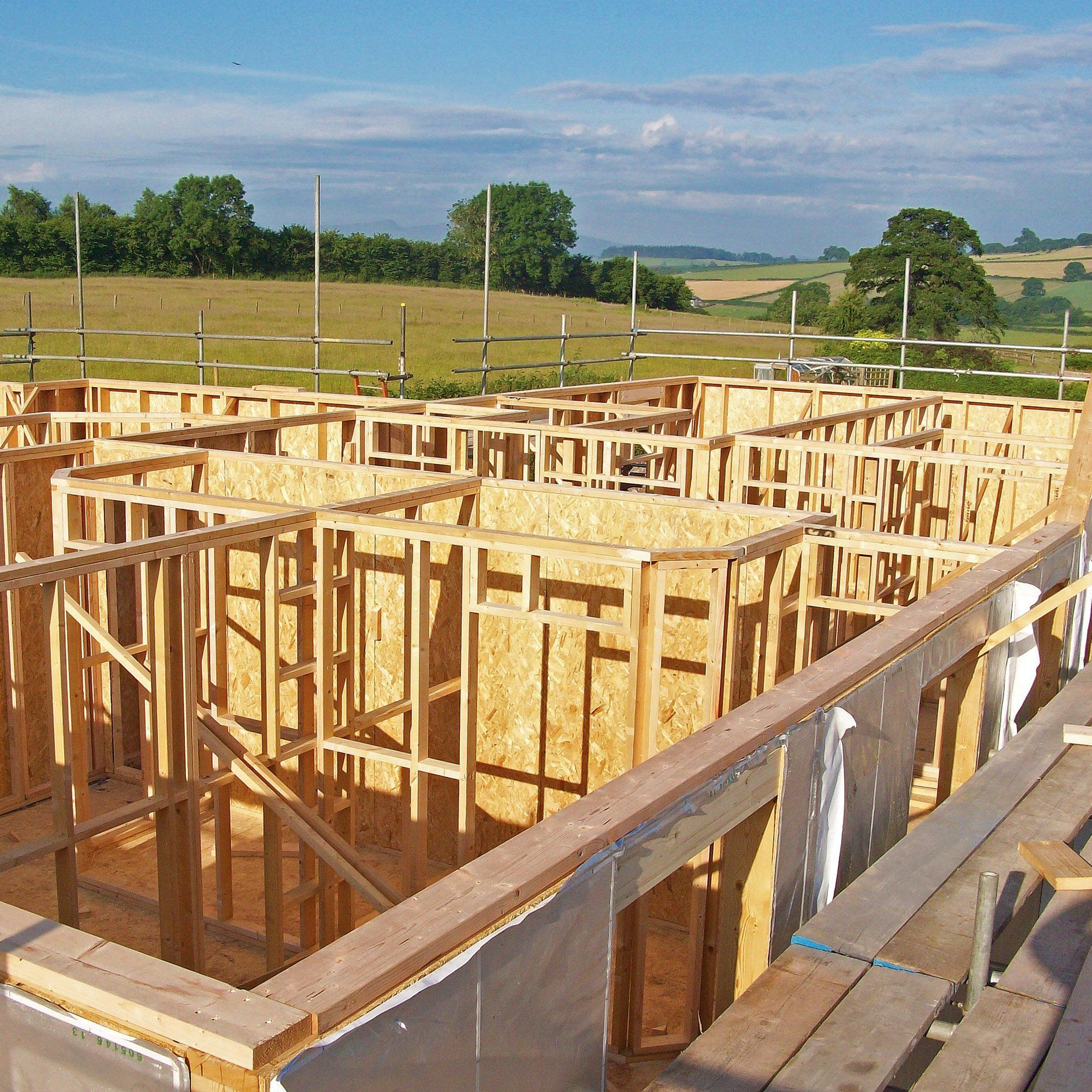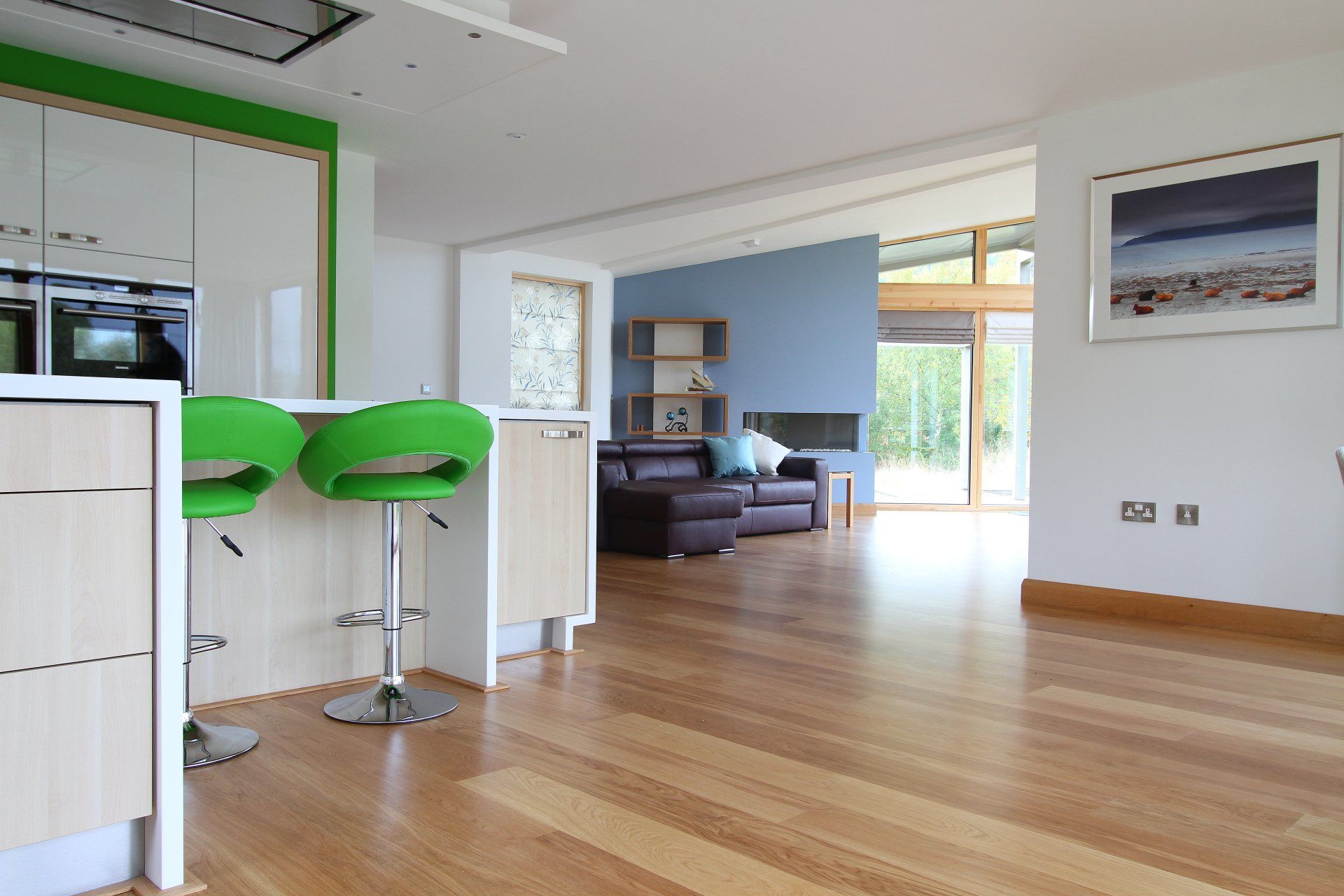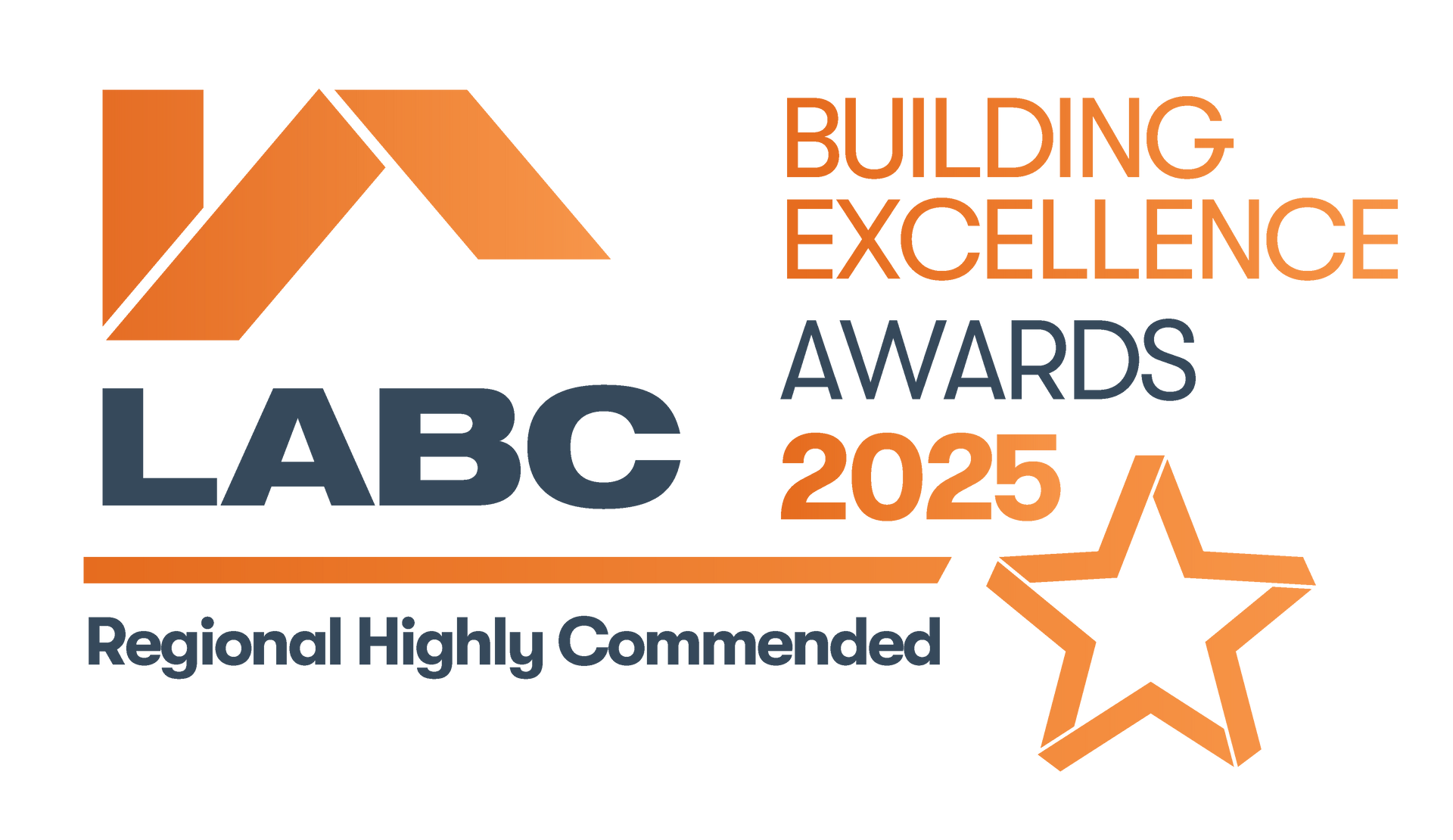R M J H O M E S
Why Timber Frame?
R M J H O M E S
Why Timber Frame?
What are the benefits of timber frame houses?
What are the benefits
of timber frame houses?
Speed
Timber frame requires fewer on-site labour days and ensures a significantly faster construction period overall. This means a faster return on investment, reduced disruption to local communities, and tidier, safer sites.
Value for money
Thereís no longer any significant cost difference between timber frame and conventional - brick and block methods. Although the costs are fixed earlier on with timber frame and less likely to fluctuate.
Low risk
Timber frame is tried and tested, and there is an ever-increasing body of people and businesses in the UK who know how to use it. The National Audit Office (NAO) confirms you get more price certainty, fewer delays due to bad weather, better health and safety and a more predictable build programme.
Design flexibility
Each timber frame panel is bespoke to suit each build requirement making the flexibility of the design for your dream home endless. Timber frame systems are particularly suited to brownfield sites with poor soil conditions (sites that favour lighter buildings), and sites with restricted access. Modular components are also easy to transport whilst prefabricated panels offer strict quality control and fewer post erection quality problems.
Code for Sustainable Homes Compliance
Timber frame achieves the required standards easily, and wins big points for Housebuilders in terms of the environmental impact of materials, responsible sourcing, construction waste reduction, airtightness, sound insulation and the lifetime homes plan.
Carbon savings
Wood is effectively a carbon- neutral material (even allowing for transport), and timber frame has the lowest CO2 cost of any commercially available building material. For every cubic metre of wood used instead of other building materials, 0.8 tonne of CO2 is saved from the atmosphere. Every timber frame home saves about 4 tonnes of CO2.
The environment
Timber is an organic, non-toxic and naturally renewable building material.
Speed
Timber frame requires fewer on-site labour days and ensures a significantly faster construction period overall. This means a faster return on investment, reduced disruption to local communities, and tidier, safer sites.
Value for money
Thereís no longer any significant cost difference between timber frame and conventional - brick and block methods. Although the costs are fixed earlier on with timber frame and less likely to fluctuate.
Low risk
Timber frame is tried and tested, and there is an ever-increasing body of people and businesses in the UK who know how to use it. The National Audit Office (NAO) confirms you get more price certainty, fewer delays due to bad weather, better health and safety and a more predictable build programme.
Design flexibility
Each timber frame panel is bespoke to suit each build requirement making the flexibility of the design for your dream home endless. Timber frame systems are particularly suited to brownfield sites with poor soil conditions (sites that favour lighter buildings), and sites with restricted access. Modular components are also easy to transport whilst prefabricated panels offer strict quality control and fewer post erection quality problems.
Code for Sustainable Homes Compliance
Timber frame achieves the required standards easily, and wins big points for Housebuilders in terms of the environmental impact of materials, responsible sourcing, construction waste reduction, airtightness, sound insulation and the lifetime homes plan.
Carbon savings
Wood is effectively a carbon- neutral material (even allowing for transport), and timber frame has the lowest CO2 cost of any commercially available building material. For every cubic metre of wood used instead of other building materials, 0.8 tonne of CO2 is saved from the atmosphere. Every timber frame home saves about 4 tonnes of CO2.
The environment
Timber is an organic, non-toxic and naturally renewable building material.

Slide title
Write your caption hereButton
Slide title
Write your caption hereButton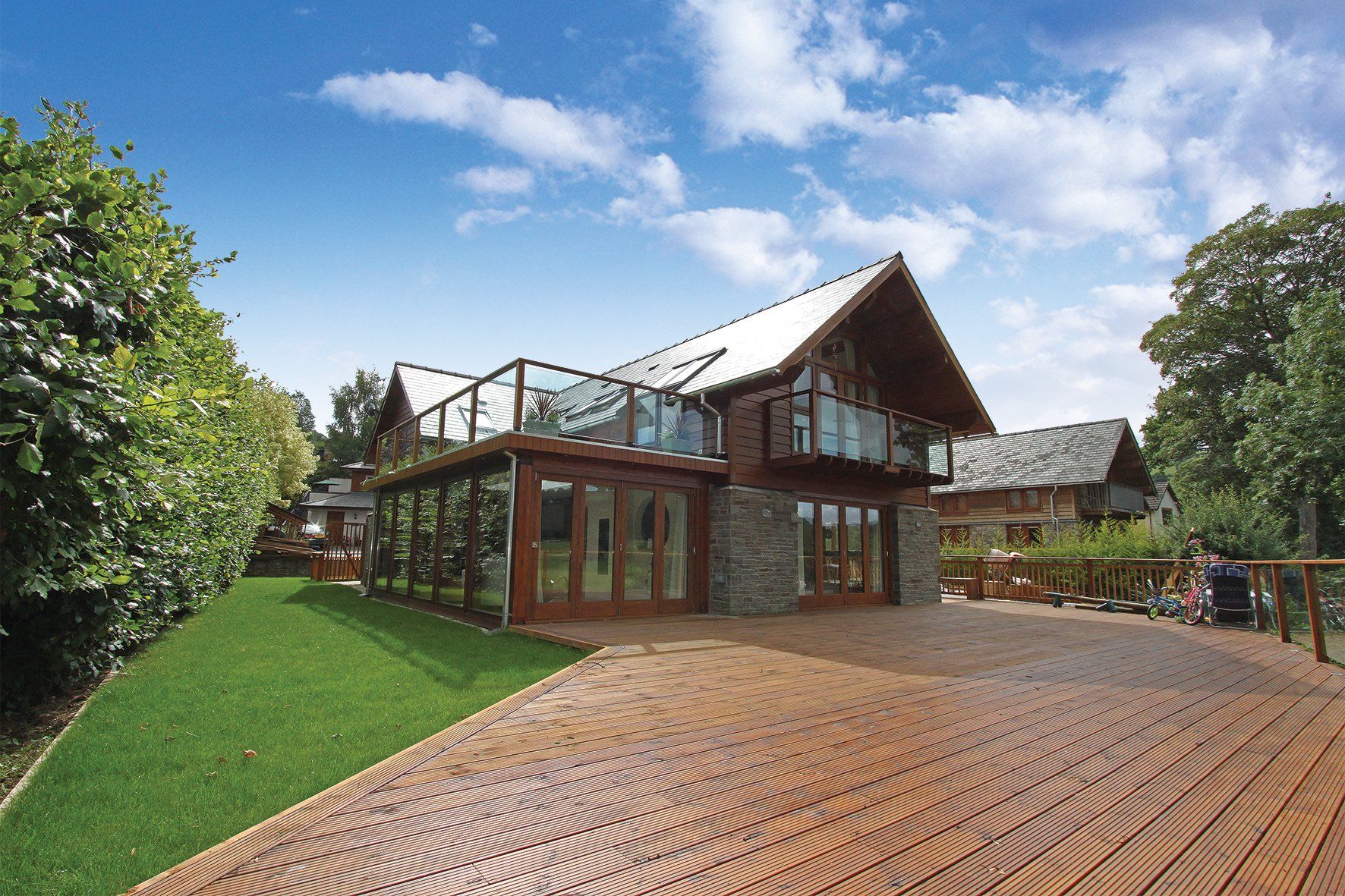
Slide title
Write your caption hereButton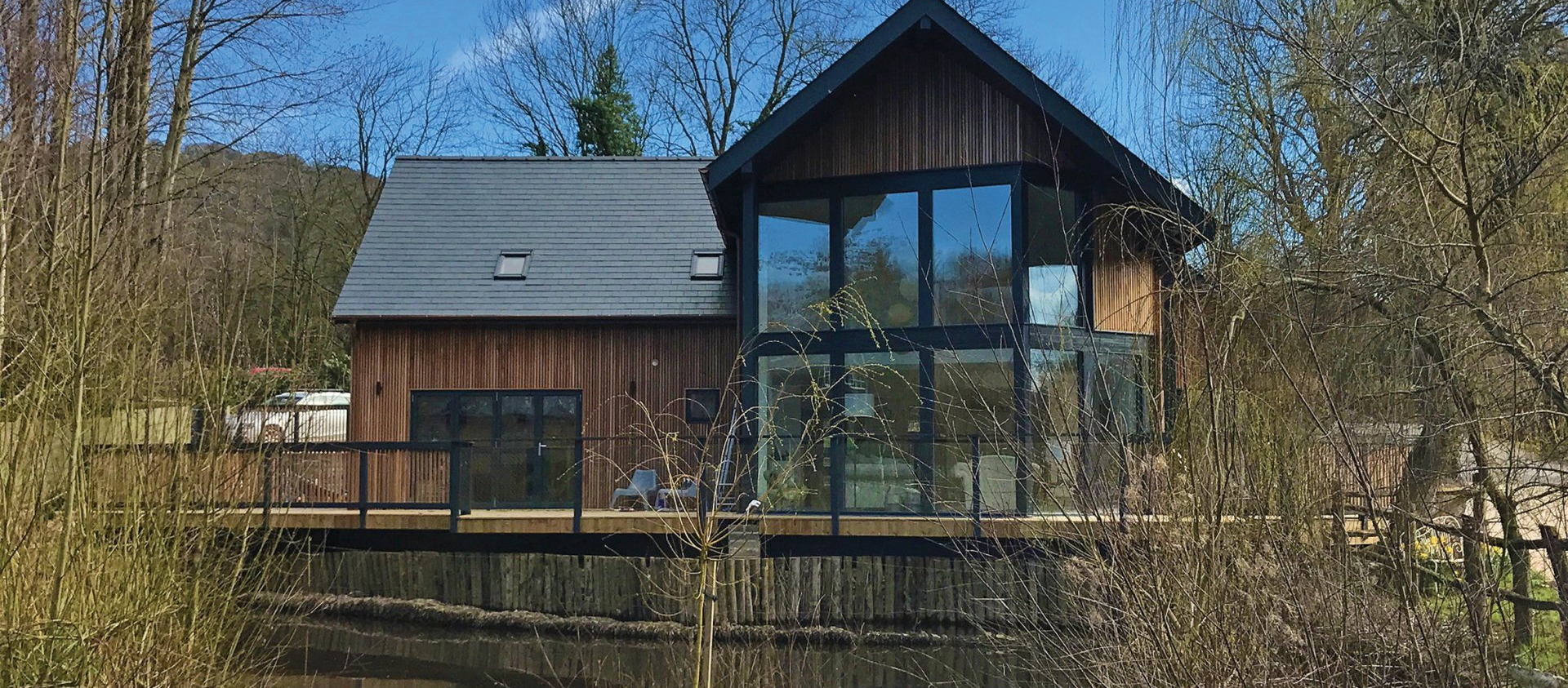
Slide title
Write your caption hereButton

